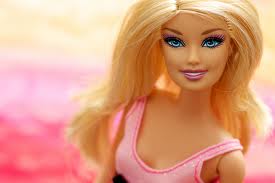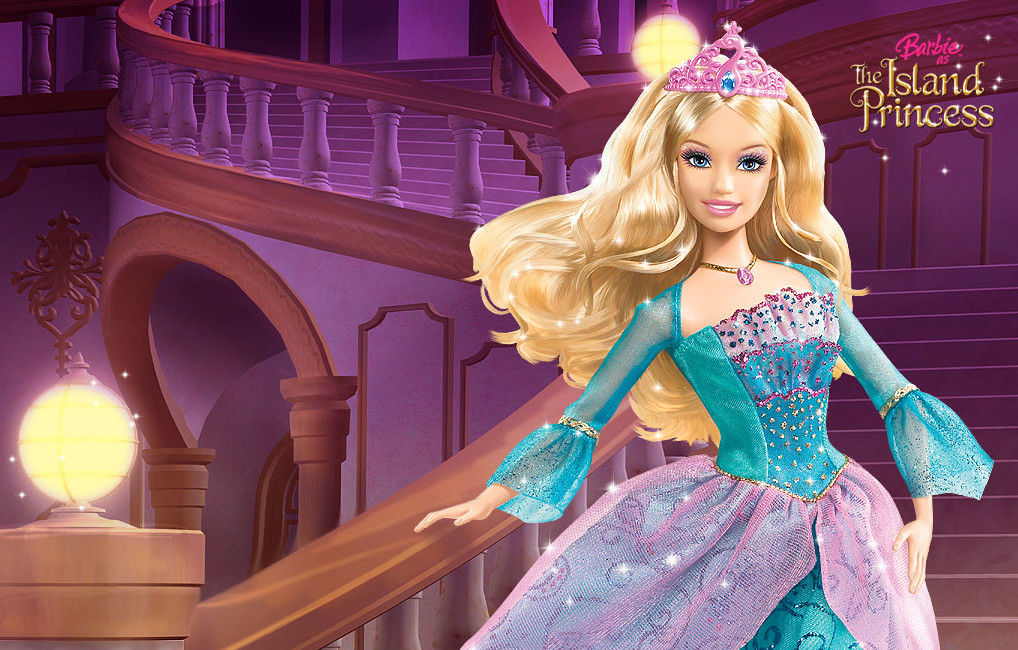One would like to assume that if we, as a society, are going to inundate a child’s mind with a stimulus, such a stimulus would be positive in nature. That’s why I find it odd that our society so quickly rushes to throw Barbie dolls at little girls. At such a young age, children’s minds are malleable and easily influenced by inputs. Society controls the inputs, but we are not nearly careful enough at regulating them. An example in point is Barbie.
Barbie reinforces a body image that is both unrealistic and unhealthy.
If Barbie were an actual person, her body would be comprised of a 9-inch neck, 3.5-inch wrists, and 29-inch hips. While significantly reduced from those of the average American woman, perhaps these measurements don’t mean anything to you out of context. Let’s extrapolate the numbers. Barbie wouldn’t be able to lift up her own head, would only be able to walk on all fours, and would have just half a liver, with little space for the rest of her intestines. Her delicate wrists and ankles stop her from lifting anything even moderately heavy. Her feet would be a children’s size 3.
Barbie, closer to being the everyday poster child of anorexia than health for girls everywhere, is a statistical anomaly. The odds of finding someone with her proportions are 1 in 4.3 billion.

Psychologists cite research demonstrating that increased exposure to Barbie dolls in young girls decreases self-esteem (specifically that which is based on body image) and makes eating disorders more likely.
The proportions of Ken, on the other hand, are much closer to being representative of reality.
Barbie promotes gender stereotypes.
With an emphasis on aesthetics and a lack of consideration for career aspirations, Barbie tells young girls that an unattainable level of beauty is the main goal of life. And even when Barbie is portrayed as partaking in some type of career, she is still sexualized. Sexy first, smart second…or even third. It’s a mantra from which Barbie can’t seem to escape.
With such a large, easily accessible audience, Mattel (the company responsible for producing Barbie) can certainly use its platform to counteract the gender norms young girls encounter everyday. They could have been revolutionary. Instead, it’s clear that lead designer Kim Culmone clearly has no qualms.
Barbie, much like society, is overly representative of white skin and blond hair.
There is nothing wrong with that subset of characteristics, but there is an immense amount of beauty, both internal and external, to be found, explored and represented from the other races, creeds and colors of the world. It is alienating to walk through the aisles of a store only to find dolls that look nothing like me, or nothing like my beautiful mother. As an adult, however, I am thankfully bombarded daily with the notion that my generation must work towards establishing gender equality and fair representation for all women, no matter their background. I can consequently reconcile the idea that Barbie has never matched my own reflection, but I’m not sure I can say the same of the three-year-old girl with deep brown skin and bright blue eyes whose thick, curly hair swallows up combs. Her mother might be from Nigeria, her father from Germany. Where is her Barbie? The answer is simple – it doesn’t exist.
Barbie aims to represent an idealized version of a small subset of the population. She is tall, (literally) impossibly thin, white, blond, straight, able-bodied and cisgendered. We lack a diverse Barbie, one that strays from conventional societal norms, in order to accurately represent a larger portion of society.
And so I found it a welcome relief when I heard about the Lammily doll. Artist Nickolay Lamm’s doll is marketed by the tagline “Average is beautiful.” She will be based on the average proportions of a 19-year-old American woman, as reported by the Center for Disease Control. The Lammily doll will be brunette, wear minimal amounts of makeup, display an active lifestyle and be jointed to allow for an increased rage of motion as well as the wearing of shoes other than high heels. Lamm has already raised $465,000 towards his original goal of $95,000, and is ready to begin production. Click here to view the project.
While the Lammily doll does not correct for all of the original problems outlined above, it does represent an incredible step in the right direction. We cannot hope to fix all of the inequalities present in the representation of race, sexuality, ableism and gender easily. It takes time. But thanks are due to Nickolay Lamm for helping our daughters break a mold that society has long pushed upon them.
